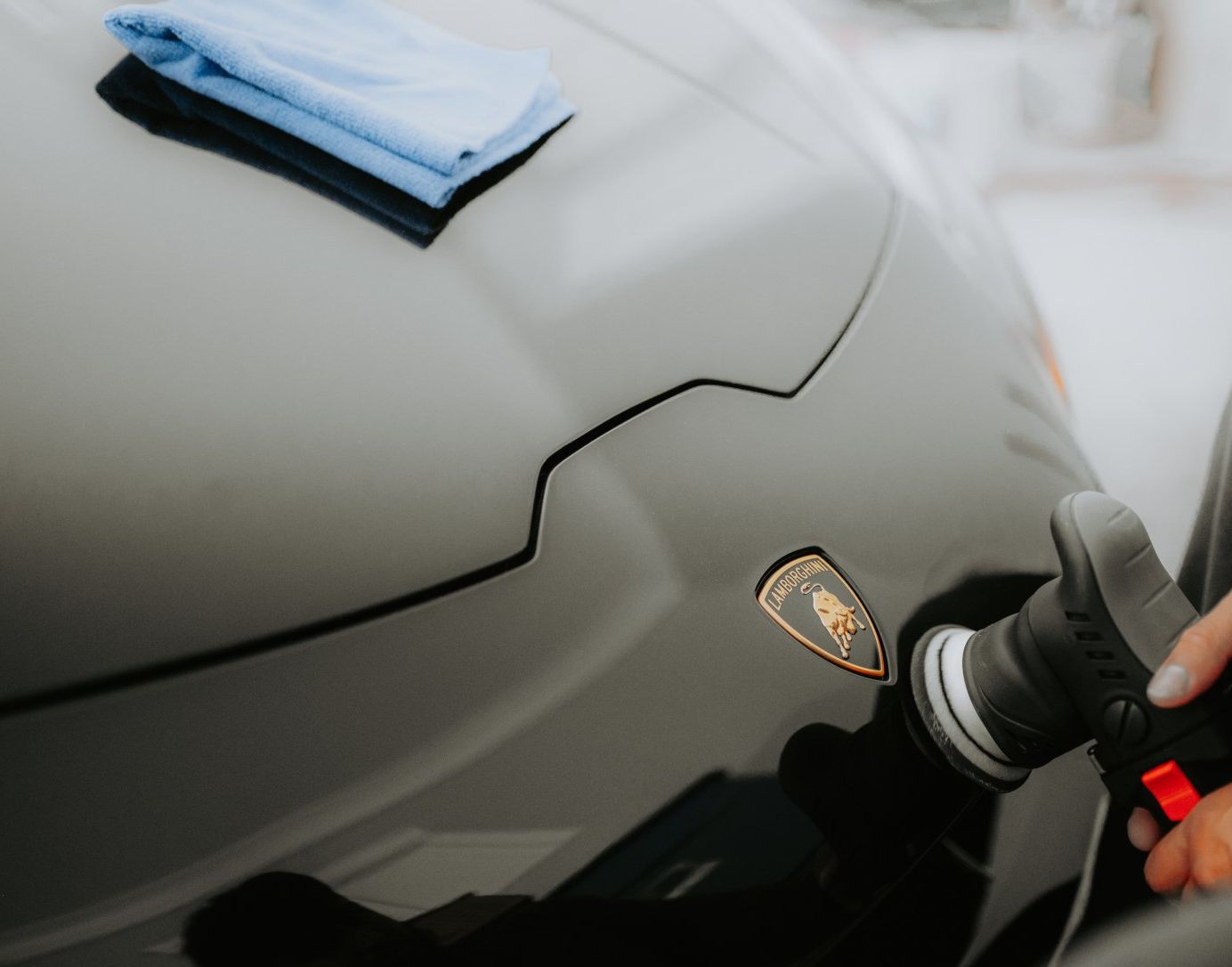Professional Car Cleaning: The Science Behind Auto Detailing
If you thought car cleaning was just a bit of water, soap, and elbow grease, you're in for a treat. Welcome to the magical world of auto detailing where soap meets science, and where dust particles dread to tread. Auto detailing isn’t just an art; it's a Ph.D. program in “Carology.” Let’s dive into the lesser-known science behind the shine.
1. The Shampoo Conundrum
Regular vs. Specialized First things first, if you're using your everyday bath soap to clean your car, we need to have a serious chat. Imagine showing up to a red carpet event in your pajamas. That’s what your car feels like when bathed in Dove. Cars need their special kind of pampering, and yes, there's a meticulously designed shampoo for that. This isn't just a marketing gimmick! Auto shampoos are carefully pH balanced to ensure they don't harm the paint, but they're tough on dirt, much like a parent who is sweet but strict.
2. The Power of Clay
If you thought clay was just for art class or facial masks, think again. In auto detailing, clay bars are like that secret weapon every superhero hides. They pick up contaminants from the car's surface that washing alone won't remove. It’s akin to giving your car that deep facial cleanse it didn't know it needed. And the result? A skin – sorry, paint – so smooth, it’d make a baby’s cheek jealous.
3. Wax on, Wax off
A detailer's dojo would be incomplete without the sacred art of waxing. Just as gym enthusiasts won't stop flexing their freshly toned muscles, car enthusiasts swear by waxing to flaunt their vehicle's glossy finish. But it's not just for aesthetics. Waxing provides a protective shield against dirt, grime, and those naughty bird droppings. So, if Mr. Miyagi was a car detailer, he'd probably make Daniel wax all the cars in the neighborhood, not just his own.
4. The Intricate Dance of the Buffer
Ever seen a detailer in action with a buffer? It's like watching a ballroom dance. The buffer swirls and twirls, leading the dance, and the car shines brighter with every move. But here's the science-y bit: Buffers are used with cutting compounds to remove thin layers of paint, evening out scratches and imperfections. Yes, removing paint to make the car look better. It's like trimming your hair to make it grow healthier – counterintuitive, but it works!
5. The Universe Inside Your Car
Let’s not forget the inside of your vehicle. If you were to look at your car seats under a microscope (please don't), you’d see a universe of its own. Dead skin, food crumbs, and what we hope is just chocolate. Car detailing isn’t only about the exterior. It gets in deep – really deep – into the bowels of your car seats, ensuring a clean worthy of a royal bottom.
6. The Scent of Science
Lastly, the crowning jewel of a good car detail isn’t visible at all. It's the smell. That new car smell isn’t just nostalgia, it’s chemistry! Professional detailers use deodorizers and fresheners that neutralize odors, not just mask them. So when you're handed the keys after a detailing job and you're hit with that fresh aroma, take a moment to appreciate the molecular magic that just happened.
In conclusion, auto detailing isn’t just about slapping on some soap and calling it a day. It's a delicate dance between chemistry, physics, and a sprinkle of elbow grease. So the next time you see a car shimmering in the sunlight, don't just think of it as clean – see it as a masterpiece of science. And if ever you find yourself doubting the seriousness of this profession, remember: somewhere out there, there's a detailer in a white lab coat, goggles on, ready to tackle the next dirty car with the fervor of a scientist on the brink of a new discovery.
You might also like


